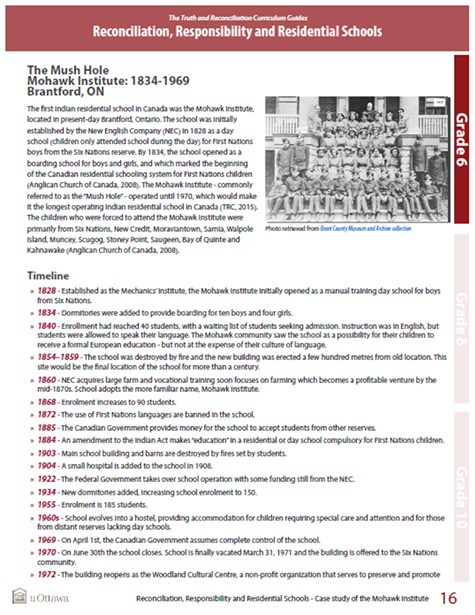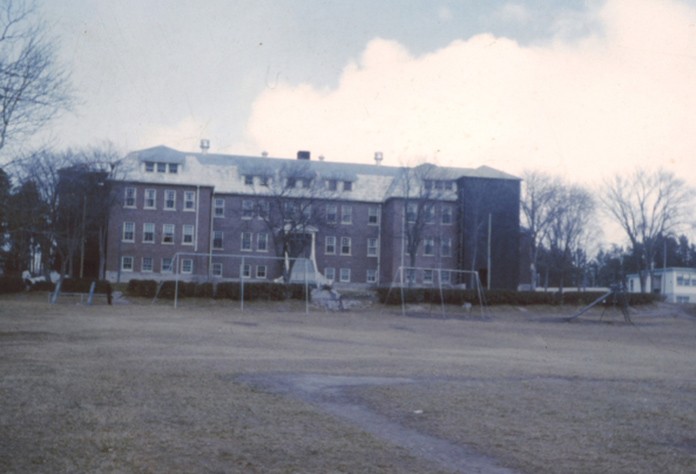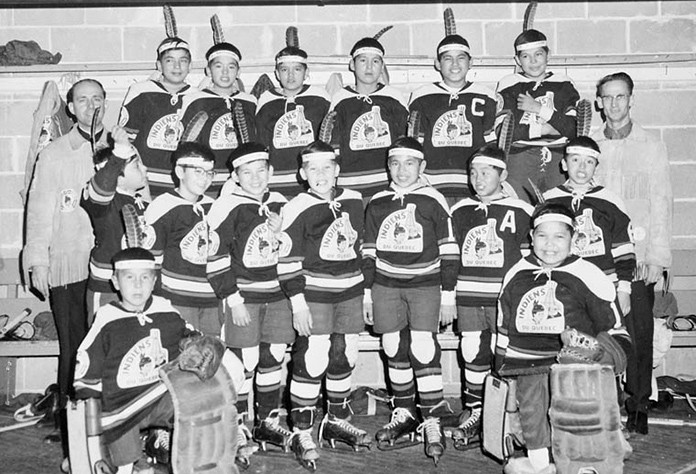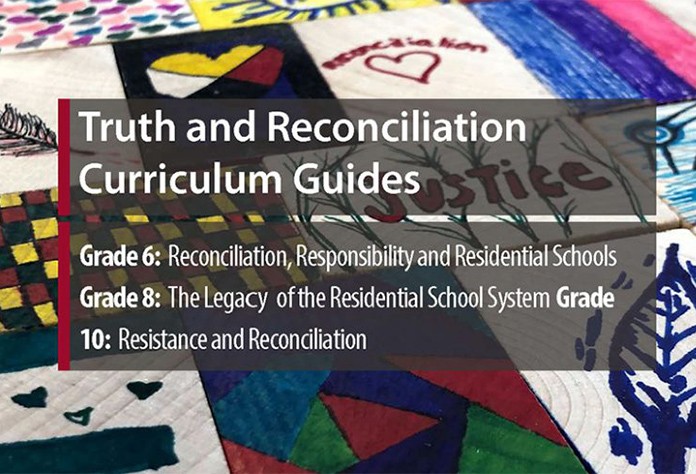Reconciliation, Responsibility and Residential Schools
In this unit on the Mohawk Institute, students are engaged with all six of the Historical Thinking Concepts as they learn about a Mohawk community (Kahnawake), and the significance of the revitalization of the Mohawk language. For instance, in lesson two, students learn about the history of residential schools and the Mohawk Institute. Through a timeline activity, reading and discussion questions, students are engaging with historical significance and ethical dimensions as they think about the significance of the Mohawk Institute and how it affected the Mohawk community. Next, The student will: be thinking about cause and consequence in lesson four when they hear an account from a residential school survivor. Here, they will learn about the direct impacts of the Mohawk Institute on the individual who attended. Engagement with the Historical Thinking Concepts is echoed throughout the unit as the lessons have students thinking deeply about Canada’s relationship with Indigenous peoples past and present, the effects of the Indian Residential School System and their own role in reconciliation efforts.
The first Indian residential school in Canada was the Mohawk Institute, located in present-day Brantford, Ontario. The school was initially established by the New English Company (NEC) in 1828 as a day school (children only attended school during the day) for First Nations boys from the Six Nations reserve. By 1834, the school opened as a boarding school for boys and girls, and which marked the beginning of the Canadian residential schooling system for First Nations children (Anglican Church of Canada, 2008). The Mohawk Institute - commonly referred to as the “Mush Hole” - operated until 1970, which would make it the longest operating Indian residential school in Canada (TRC, 2015). The children who were forced to attend the Mohawk Institute were primarily from Six Nations, New Credit, Moraviantown, Sarnia, Walpole Island, Muncey, Scugog, Stoney Point, Saugeen, Bay of Quinte and Kahnawake (Anglican Church of Canada, 2008).
- 1828 - Established as the Mechanics’ Institute, the Mohawk Institute initially opened as a manual training day school for boys from Six Nations.
- 1834 - Dormitories were added to provide boarding for ten boys and four girls.
- 1840 - Enrollment had reached 40 students, with a waiting list of students seeking admission. Instruction was in English, but students were allowed to speak their language. The Mohawk community saw the school as a possibility for their children to receive a formal European education - but not at the expense of their culture of language.
- 1854–1859 - The school was destroyed by fire and the new building was erected a few hundred metres from old location. This site would be the final location of the school for more than a century.
- 1860 - NEC acquires large farm and vocational training soon focuses on farming which becomes a profitable venture by the mid-1870s. School adopts the more familiar name, Mohawk Institute.
- 1868 - Enrolment increases to 90 students.
- 1872 - The use of First Nations languages are banned in the school.
- 1885 - The Canadian Government provides money for the school to accept students from other reserves.
- 1884 - An amendment to the Indian Act makes “education” in a residential or day school compulsory for First Nations children.
- 1903 - Main school building and barns are destroyed by fires set by students.
- 1904 - A small hospital is added to the school in 1908.
- 1922 - The Federal Government takes over school operation with some funding still from the NEC.
- 1934 - New dormitories added, increasing school enrolment to 150.
- 1955 - Enrolment is 185 students.
- 1960s - School evolves into a hostel, providing accommodation for children requiring special care and attention and for those from distant reserves lacking day schools.
- 1969 - On April 1st, the Canadian Government assumes complete control of the school.
- 1970 - On June 30th the school closes. School is finally vacated March 31, 1971 and the building is offered to the Six Nations community.
- 1972 - The building reopens as the Woodland Cultural Centre, a non-profit organization that serves to preserve and promote First Nations culture and heritage.
Sources: (Anglican Church, 2008; Graham, 1996; TRC, 2015; Woodland Cultural Centre,2018).
Programming
The purpose of the Mohawk Institute was not to provide students with an academic education, but instead its goal was to separate children from their home, and to “help” students become good Christians and labourers. Boys were expected to do manual labour at least half the day, with such trades as carpentry, shoemaking, tailoring, printing, and farming (Library and Archives Canada, 2006/1895). The girls were expected to work the garden, bake, clean, sew, and weave (Where are the Children, 2017; TRC, 2015). The children’s lives were extremely structured and strict, and some of the principals believed that the school should be run like a prison or the military (Graham, 1997). At the Mohawk Institute, approximately half of the students attempted to run away - some students tried to run away many times (Graham, 1997).
Inadequate Food
The poor quality of the food at the Mohawk Institute is a particularly signifi cant memory for a lot of Survivors who attended the school. The school was nicknamed “The Mush Hole” by students, because a poor-quality, mushy porridge (oatmeal) was served for every breakfast and most dinners (Graham, 1997). Many Survivors claim they still can’t eat porridge today because it reminds them of being in “The Mush Hole.” In a 1946 inspection from the Medical Offi cer observed that flour, sugar, and bread were exposed to mice and flies, and the milk served to the children was illegally unpasteurized (Aboriginal Healing Foundation, 2001; Shingwauk Project and Residential School Research, 2008). Beverly Albrecht, Survivor of the Mohawk Institute, remembers “kids never having enough to eat. . . . There was plenty of food on the table of the people who looked after us. There was butter on that table. We had fat on our bread” (Albrecht, n.d.). Even though the students worked on the school farm that included chickens, cows, and an apple orchard, this fresh food was often eaten only by the staff or was sold in town (Graham, 1997).




